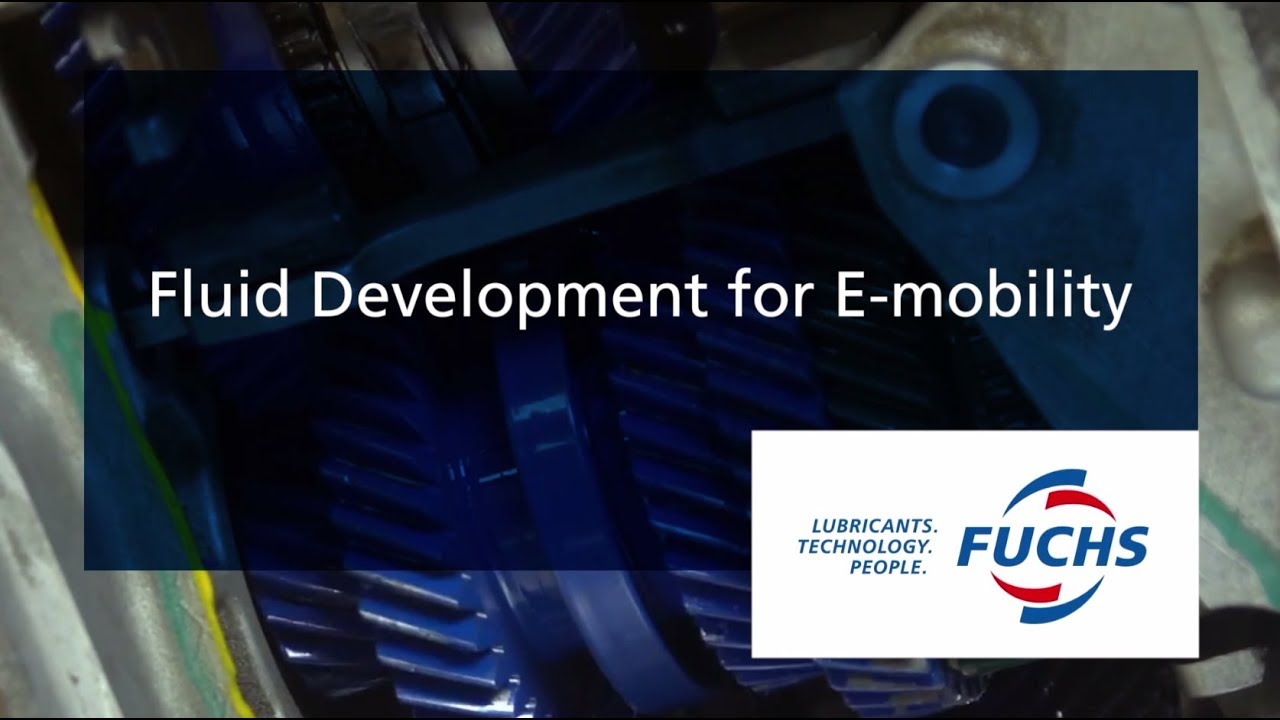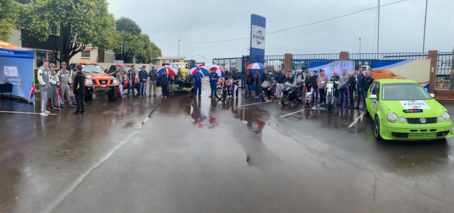Speed4E: Speed for electric mobility
Significantly increasing the power density, efficiency and cost-effectiveness of electric drive systems through higher rotational frequency and integration - this is the goal of the joint research project Speed4E launched by the Federal Ministry for Economic Affairs and Energy at the beginning of 2018.
Today, series-produced electric vehicles are powered at a maximum speed of 10,000 to 15,000 revolutions per minute. Speed4E now aims to achieve an electric machine speed of approx. 30,000 in continuous operation and 50,000 at peak times - a major challenge also for lubricants and a real opportunity, as powerful transmissions are an important requirement for such systems.
The targeted solution: an "electric motor oil" that not only lubricates the transmission, but also cools the electric machine and power electronics - a fluid with numerous talents that scores above all with a significantly higher heat capacity and better thermal conductivity compared to conventional transmission oils and in this way removes larger amounts of heat in a short time - an important feature in the operation of the new electric cars since temperature peaks occur during system operation, which has to be quickly reduced. FUCHS is currently focusing on the development of a water-containing transmission cooling fluid that benefits from the specific heat capacity of the water. In this project, FUCHS is working closely with its project partners, including the car manufacturer BMW, the gearbox specialist Magna-GETRAG, the producer of rolling bearings Schaeffler, as well as several universities and institutes. At the end of the project, two vehicles will be equipped with the new driving units.
The combination of lubrication and cooling of the system components within an integrated circuit with a single fluid was already the focus of the EU project "Optimized electric Drivetrain by Integration" (ODIN), which was coordinated by Bosch and has now been completed: a component for the intended integration of electric motor, transmission and power electronics into a drive train and in a housing with the aim of significantly reducing the space required for the drive train and thus the overall manufacturing costs. And the project was successful: in the end, a drivable Renault Zoe with ODIN drive system was presented.


